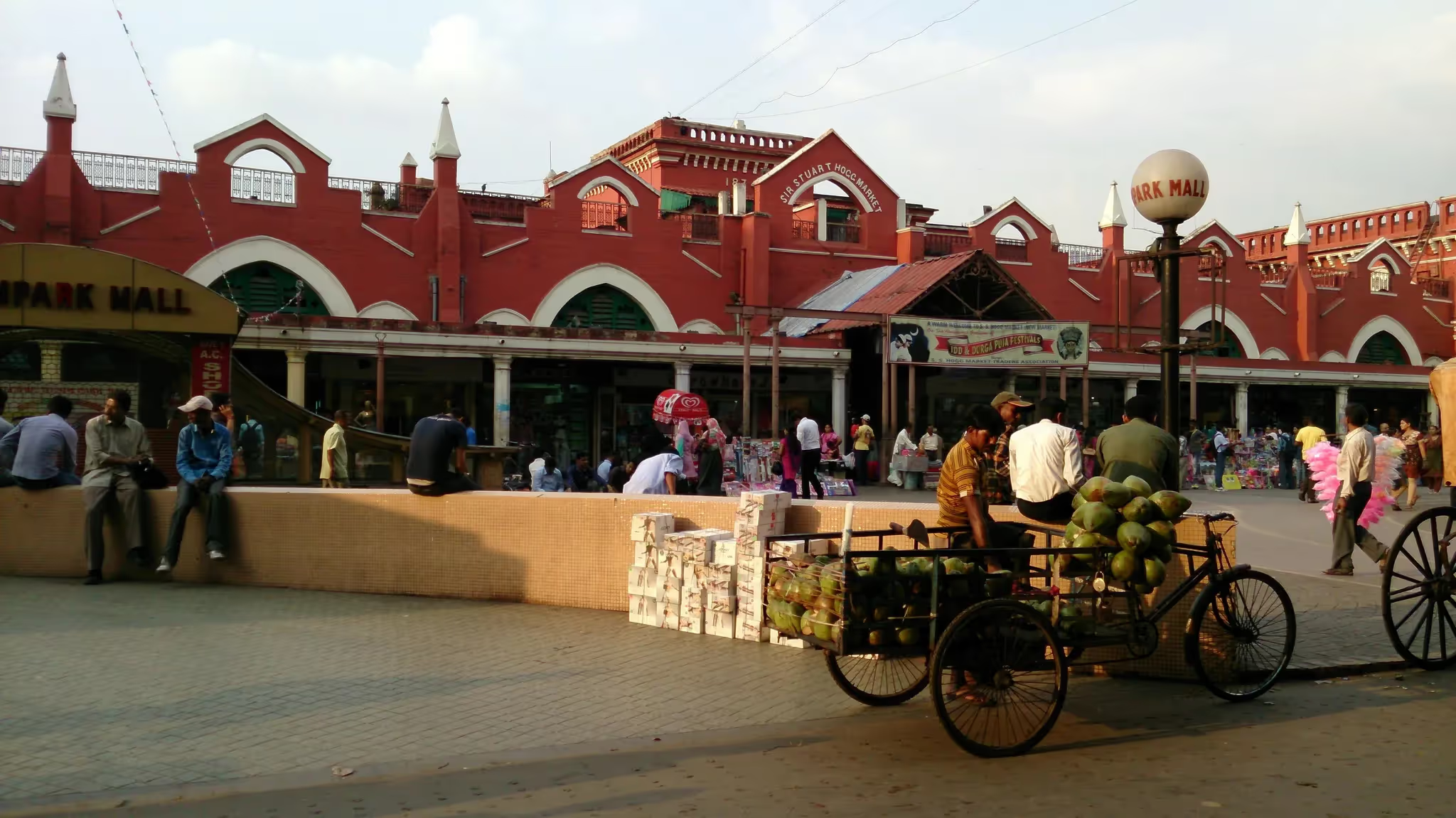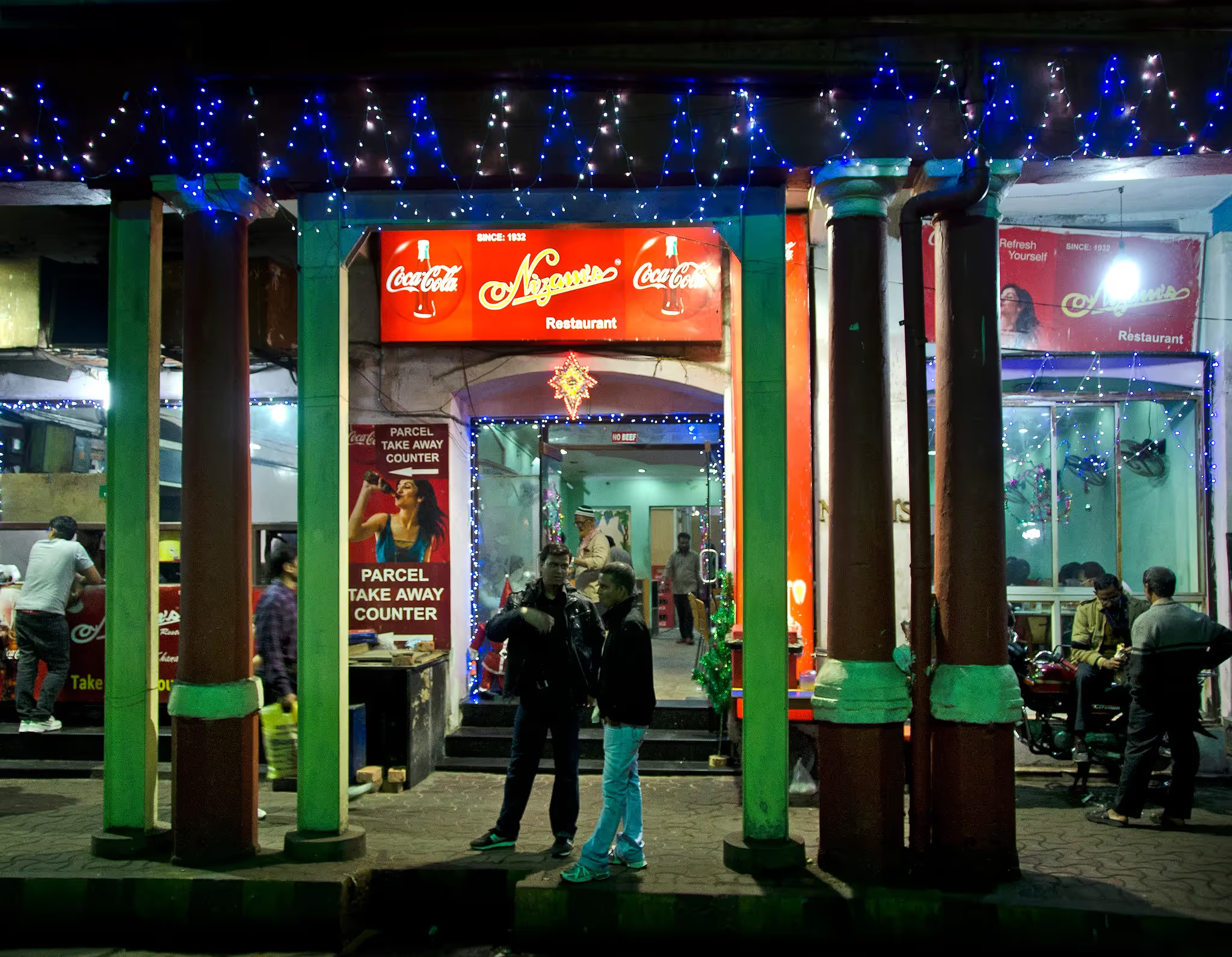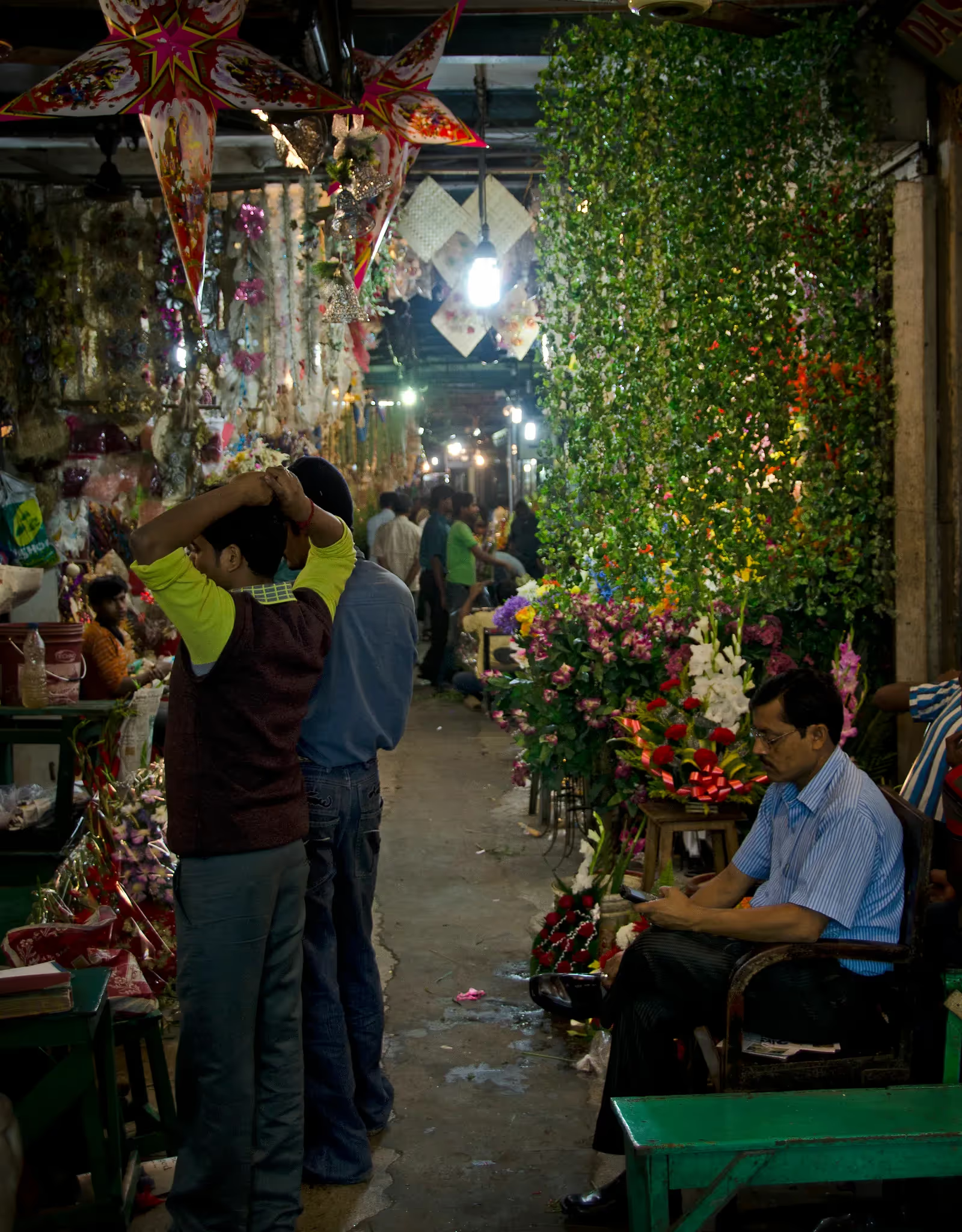A biweekly newsletter with public space news, resources, and opportunities.
A curated dispatch on all things public markets plus the latest announcements from the Market Cities Program.
Please note that these Hall of Shame nominations were written in a moment in time (most over a decade ago) and likely have since changed or even been transformed. If the above entry is now great, or still not so great, go ahead and comment below on how it has evolved or nominate it as a great place.


New Market continues to be hugely successful over 100 years after its construction due to its wide-appeal and central location in Kolkata. The market is located in the dense urban core of the city and is easily accessed by foot or on the city’s extensive tram and bus systems. The market is equally popular among locals and visitors looking to purchase either luxury goods, souvenirs or groceries from the market. The New Market building’s high ceilings keep in cool, even in the hot Indian summers, which sets it apart from the outdoor bazaars throughout the city and draws passers-by looking for a break from the intolerable heat.
The public occupation of this site has also come be a symbol of the national pride among Indian citizens. Locals residents completely opened the New Market building to anyone who wishes to enter, though they were once not allowed in themselves. Today, the once British-only market demonstrates the local ownership of local spaces and the shared value of truly public, accessible space in the city.
[gallery ids="1087,1089,1088"]
In 1871, English residents in Kolkata (then Calcutta) organized to develop a shopping mall, like those found in England at the time. The mall was put up in an effort provide British goods and services in a space where entry could be controlled. British colonists had long wanted a separate shopping facility from the longstanding Indian bazaars to avoid mixing with the “natives.” The Calcutta Corporation funded its construction and the market was eventually named Sir Stuart Hogg Market after the head of the corporation. The mall was hugely successful and British colonists would travel from all parts of India to shop for English products in a familiar setting.
Following the end of British rule in India, the Sir Stuart Hogg Market was adapted to a truly public market by local residents. All the barriers to entry were removed and today anyone can go into the colonial-built structure. In this shift, the mall had been renamed “New Market,” though many people still refer to it by its original name. While the mall remains primarily for upscale-shopping, today local vendors set-up temporary stalls in the open central space, much as they would in a bazaar, to sell food and traditional artisan products.


*Please note that these Hall of Shame nominations were written in a moment in time (most over a decade ago) and likely have since changed or even been transformed. If the above entry is now great, or still not so great, go ahead and comment below on how it has evolved or nominate it as a great place.